|
Whether we’re sending a letter, responding to a request for a quotation, writing website copy, designing a brochure, creating a directory listing or contacting a (potential) client via email, the call to action is always helpful but often forgotten. The best of them compel people to do something
What is a call to action?
A call to action tells your reader what you want them to do – and it does it in a nutshell, thereby creating a sense of immediacy. Even though the information the customer needs in order to respond may be included on the contact page of your website, your listing in an online specialist directory, the banner heading of your letter, or in the signature of your email, it’s always worth adding a reminder so that the reader doesn't have to spend time searching for the instructions you want them to find. What does the call to action look like? The 4C framework As with all things marketing, I prefer to avoid promoting strict rules because I worry they might impinge on the nervous marketer’s creativity. Instead, consider these 4 Cs as a framework for good practice:
Below is a partial screen shot of my home page. It shows two simple calls to action asking my readers to do two particular things: visit the author resources page and contact me. You probably use them already … Many of us use call to actions in daily situations without even realizing it. When we’re talking to friends and colleagues, it’s not uncommon to sign off with a summary sentence in which we round up what’s required, how it’s required and by when: “Right, you bring the wine; I’ll bring the cheese. I’ll see you at yours at 7pm” or “Good, that’s agreed – give me a call to confirm the meeting by lunchtime tomorrow” or "Great, send me the details by noon and I'll talk to X on your behalf." By summing up in this way, we’re informally clarifying everything that’s been discussed (perhaps at some length) beforehand, so we know exactly what action is required – who’s doing what, when, where and how. Using the same technique in our business communications works in exactly the same way. Why is using a call to action a good idea? The call to action focuses the client's attention. There’s strong evidence to suggest that whether clients are reading the information on a webpage, or scanning a letter or CV, they don’t dilly dally, and are more likely to do something when they're told to do it. Says Jakob Nielsen regarding websites: “How long will users stay on a Web page before leaving? […] Not very long. The average page visit lasts a little less than a minute” (“How Long Do Users Stay on Web Pages?”, 2011). And here’s Gill Wagner on the issue of letters: “[A]t most you have […] eight seconds before the decision-maker will make the first yes/no decision about whether to crumple and toss” (cited in Harnby, 2014). Nudging your client to take the action you want them to take is therefore crucial if your marketing materials (online or in print) are to have the biggest impact on time-limited readers. Solving the client's problems In “11 Kick-Ass Call to Action Examples, and Why They Work” (Word Stream, 2014), Dan Shewan takes a look at 11 very different calls to action used by a variety of businesses, including a résumé/CV builder, a credit-card reader, and a retailer specializing in products aimed at men. He shows how these businesses focus on the desires/needs of their potential customers, and how the calls to action (1) use language that reinforces those desires/needs and (2) offer the customer a solution that will lead to fulfilment. Encouraging engagement … Calls to action can say different things to different clients; they can be designed in a variety of ways; they can be placed in a variety of positions depending on the message you want to communicate and when you want to communicate it. Not everyone is a good copywriter, but that needn’t stop any of us from creating calls to action that help our busy customers navigate our marketing materials easily. Us the 4c framework to guide you.
Louise Harnby is a line editor, copyeditor and proofreader who specializes in working with crime, mystery, suspense and thriller writers.
She is an Advanced Professional Member of the Chartered Institute of Editing and Proofreading (CIEP), a member of ACES, a Partner Member of The Alliance of Independent Authors (ALLi), and co-hosts The Editing Podcast. Visit her business website at Louise Harnby | Fiction Editor & Proofreader, say hello on Twitter at @LouiseHarnby, connect via Facebook and LinkedIn, and check out her books and courses.
0 Comments
Leave a Reply. |
BLOG ALERTSIf you'd like me to email you when a new blog post is available, sign up for blog alerts!
TESTIMONIALSDare Rogers'Louise uses her expertise to hone a story until it's razor sharp, while still allowing the author’s voice to remain dominant.'Jeff Carson'I wholeheartedly recommend her services ... Just don’t hire her when I need her.'J B Turner'Sincere thanks for a beautiful and elegant piece of work. First class.'Ayshe Gemedzhy'What makes her stand out and shine is her ability to immerse herself in your story.'Salt Publishing'A million thanks – your mark-up is perfect, as always.'CATEGORIES
All
ARCHIVES
July 2024
|
|
|
|


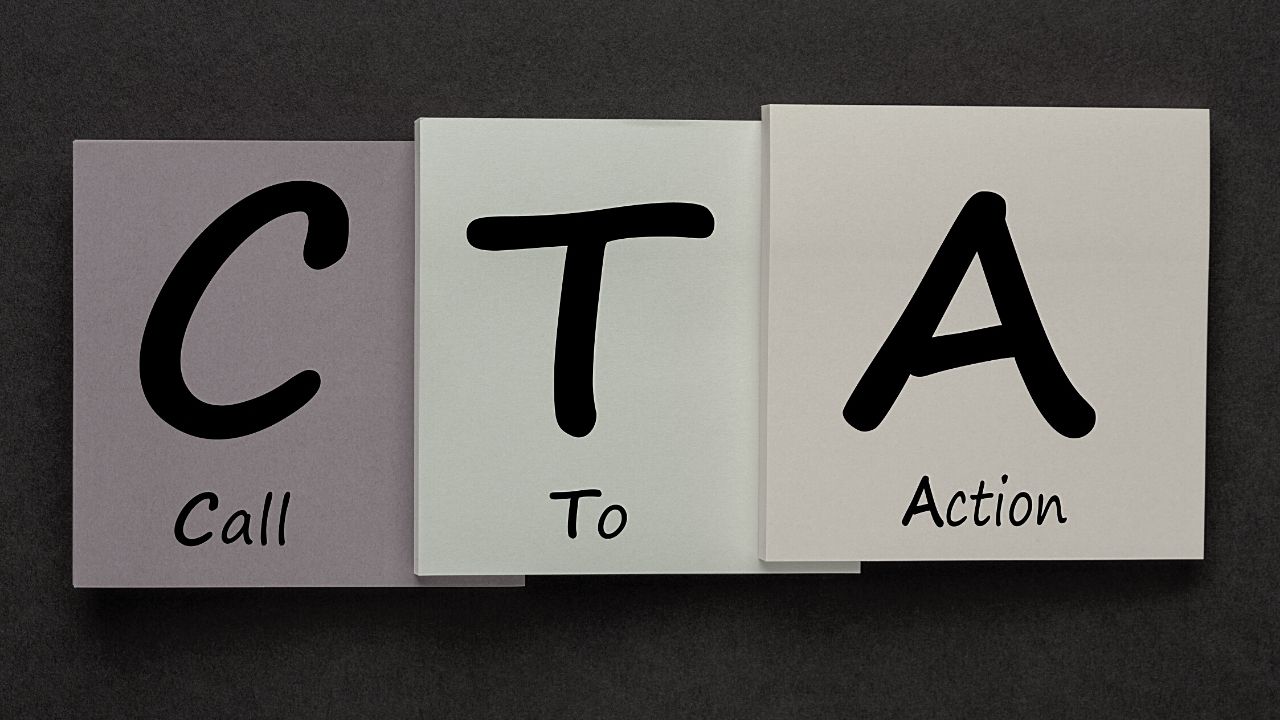
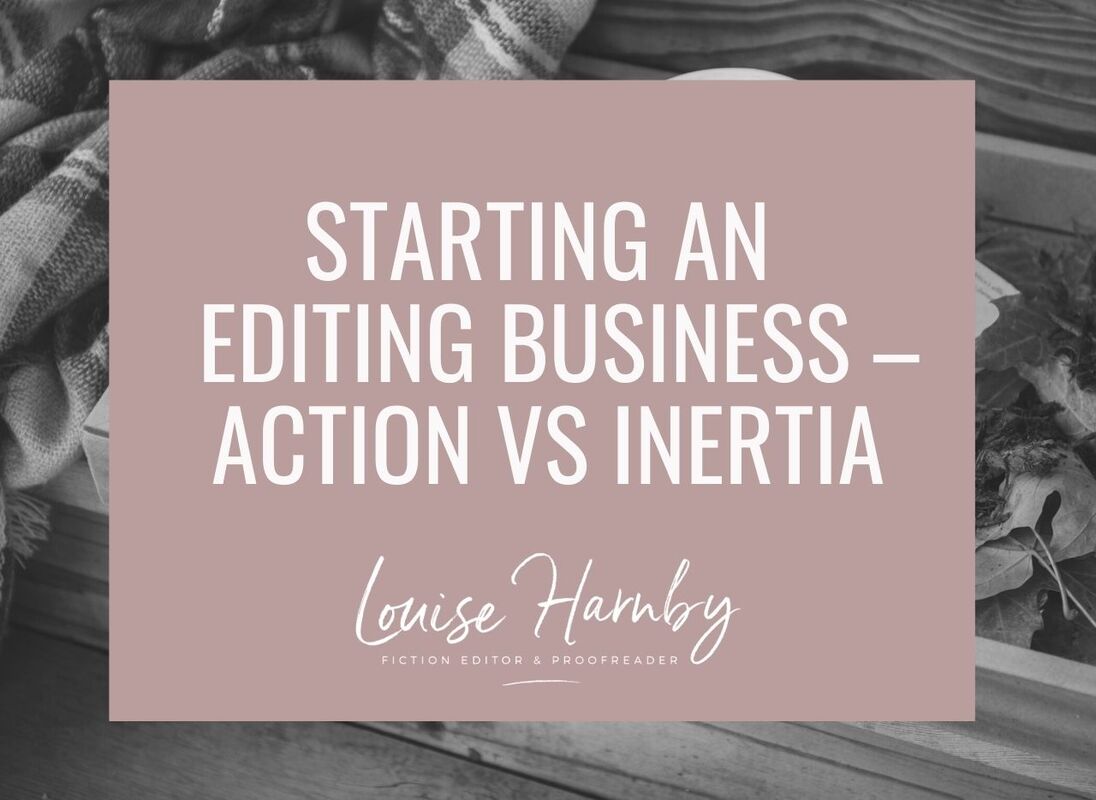
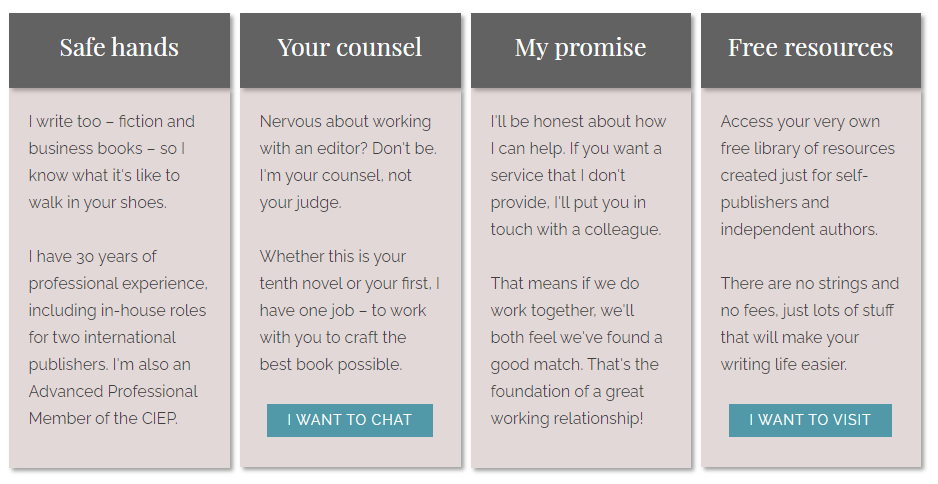
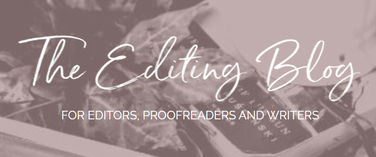


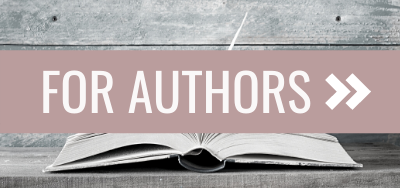

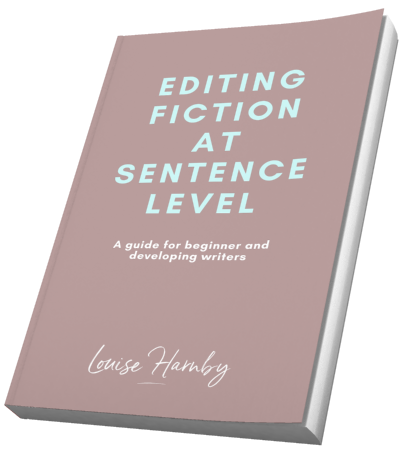
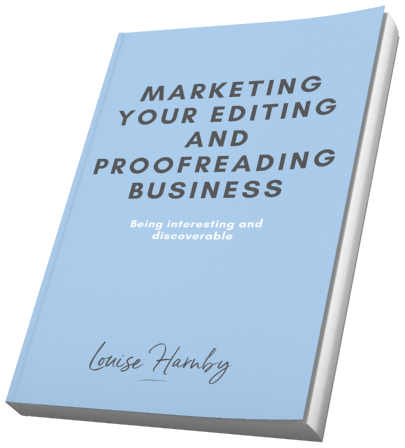
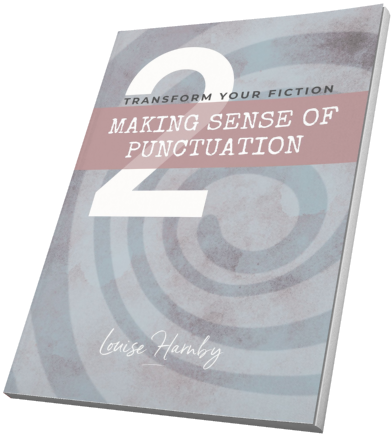
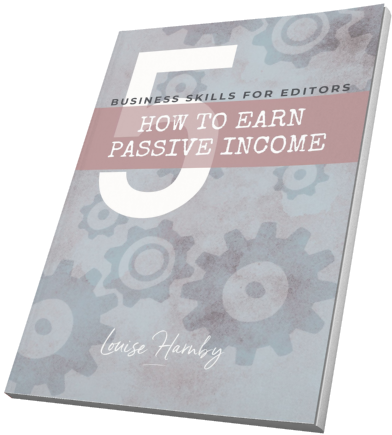
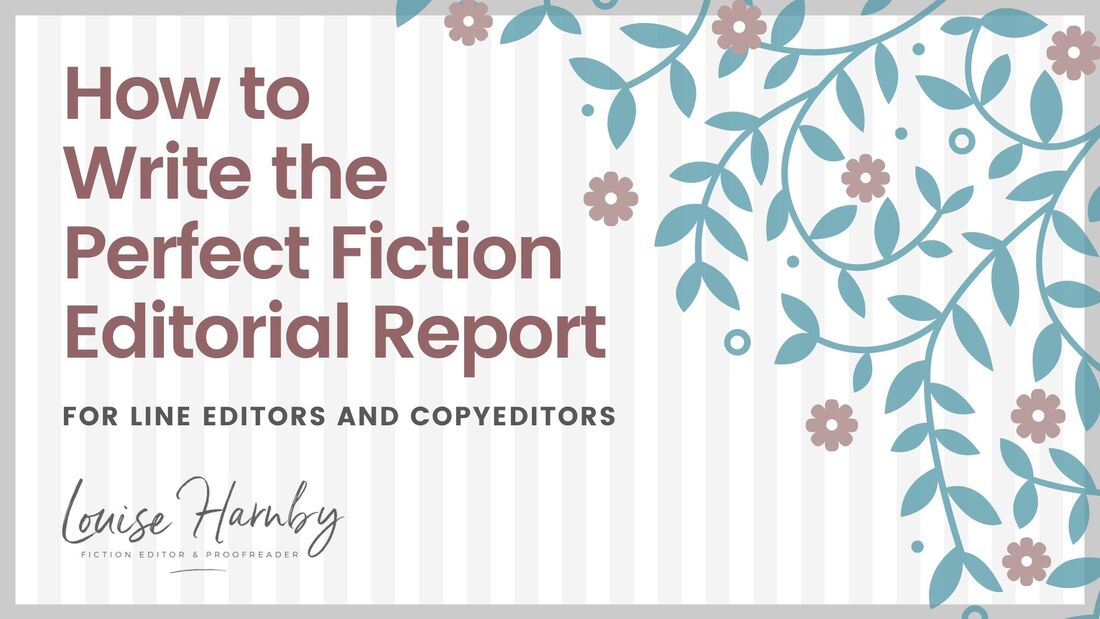
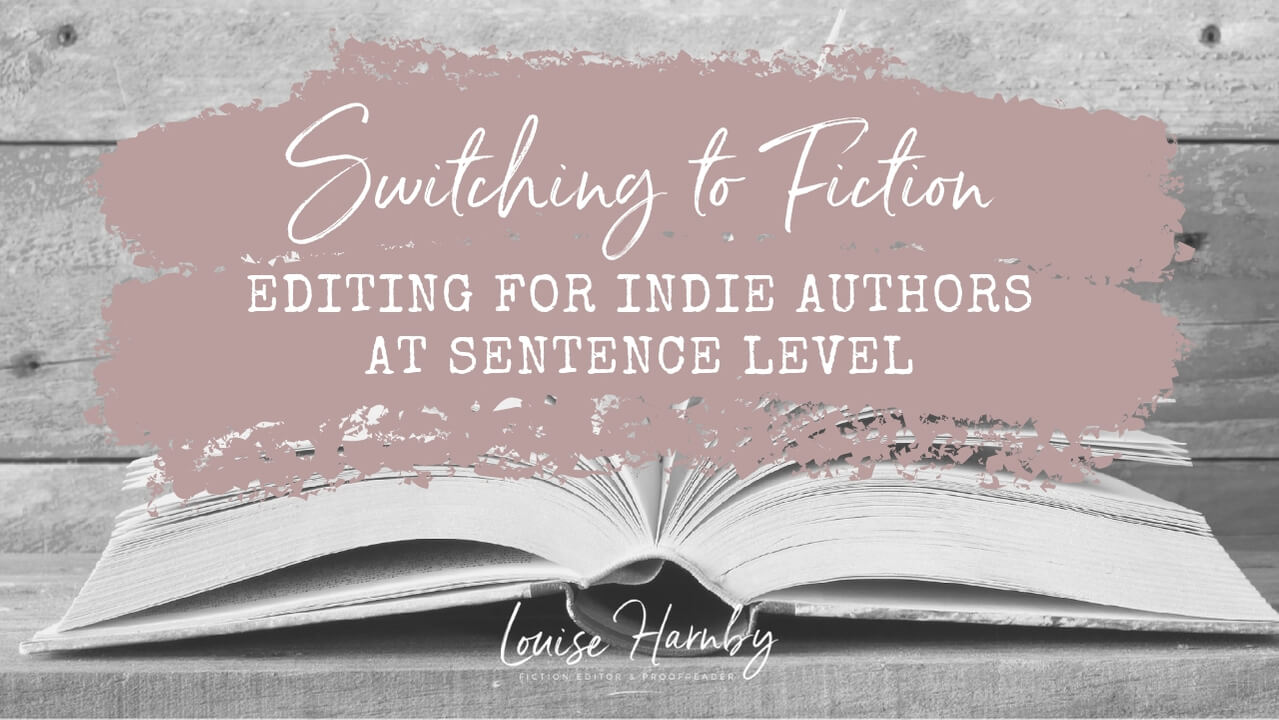
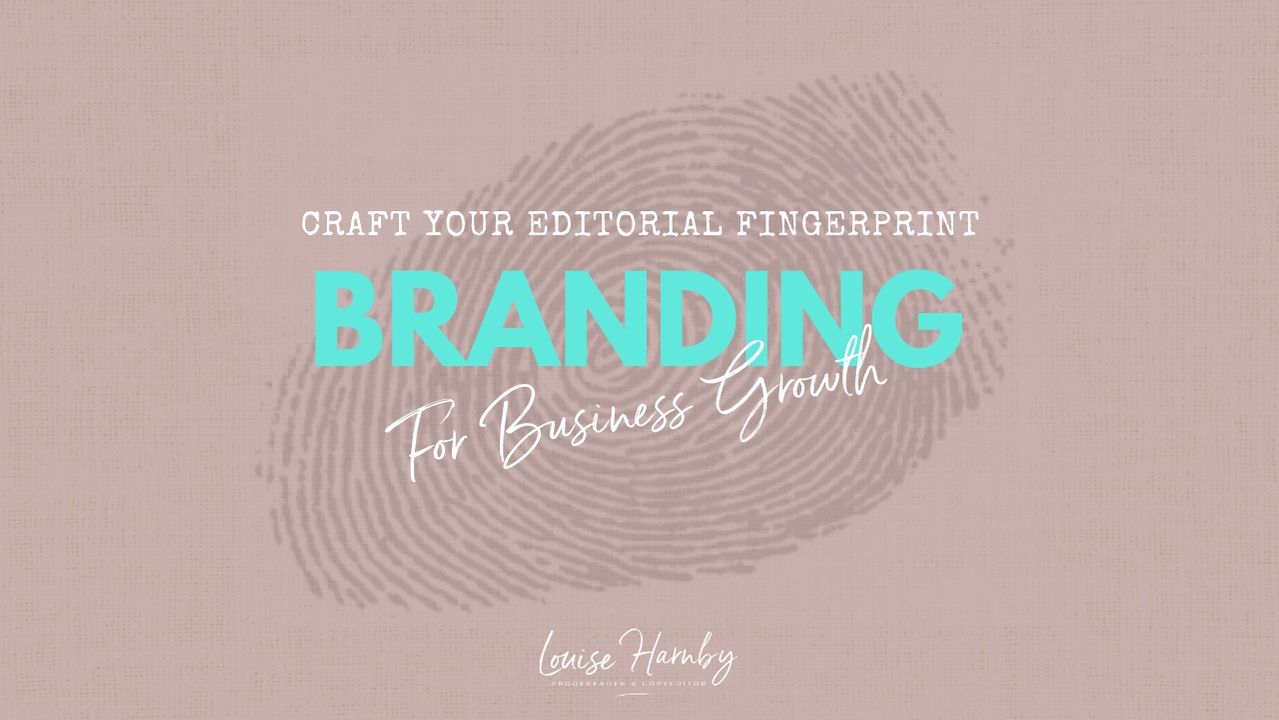
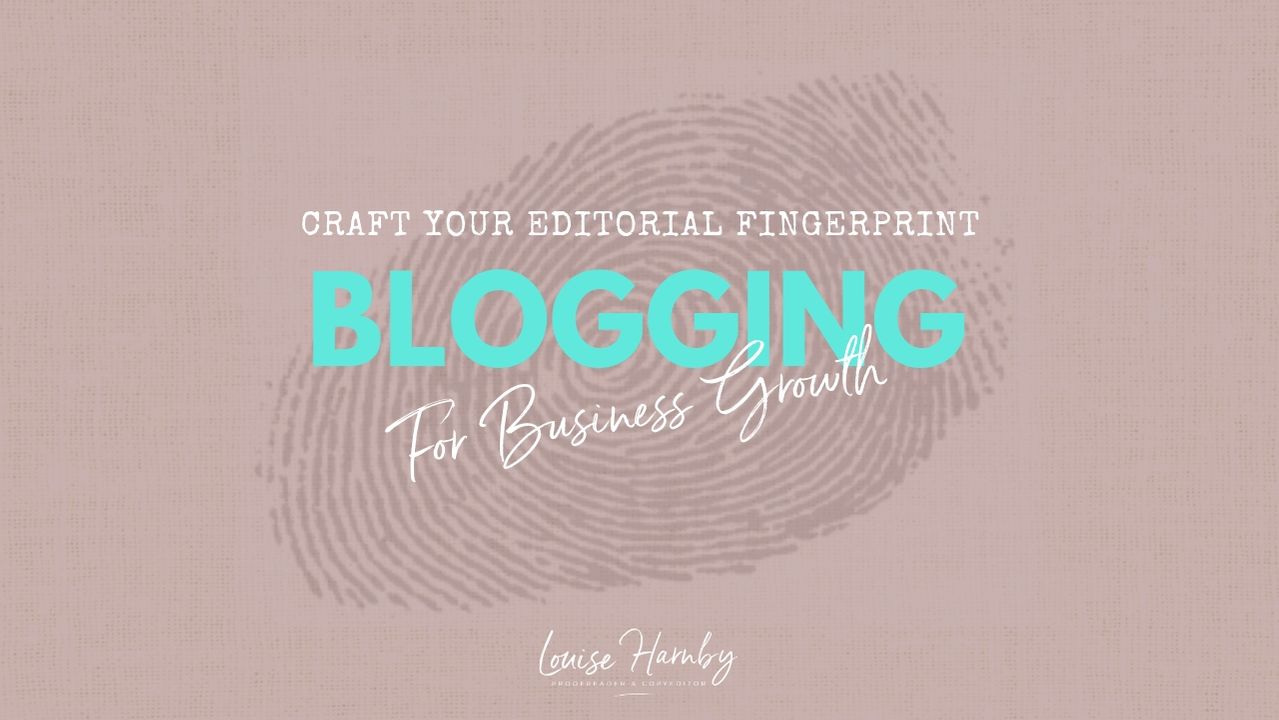
 RSS Feed
RSS Feed





